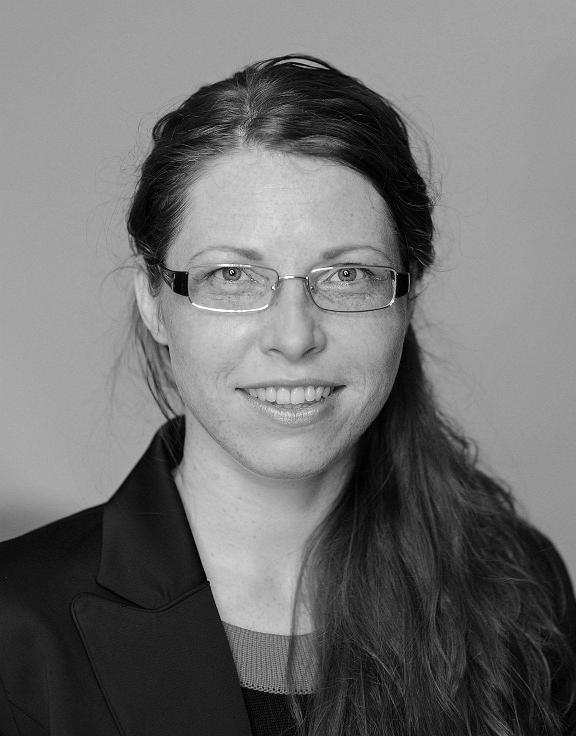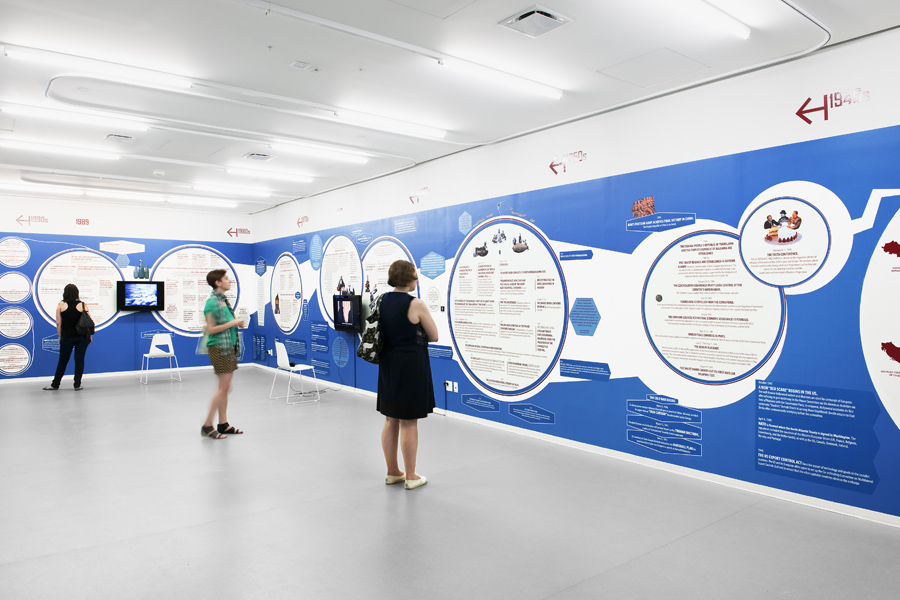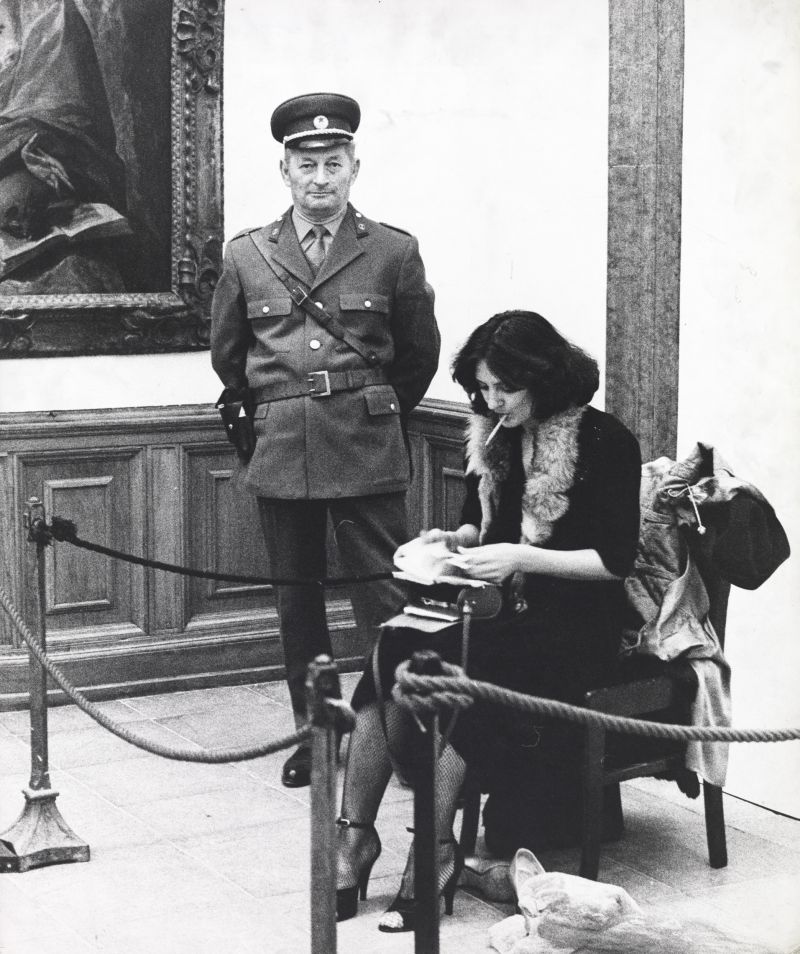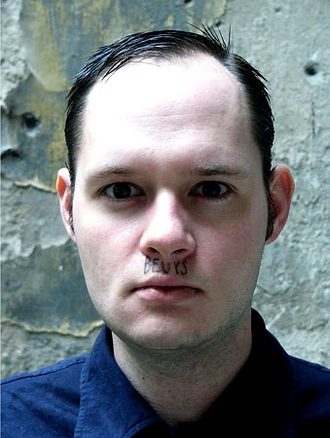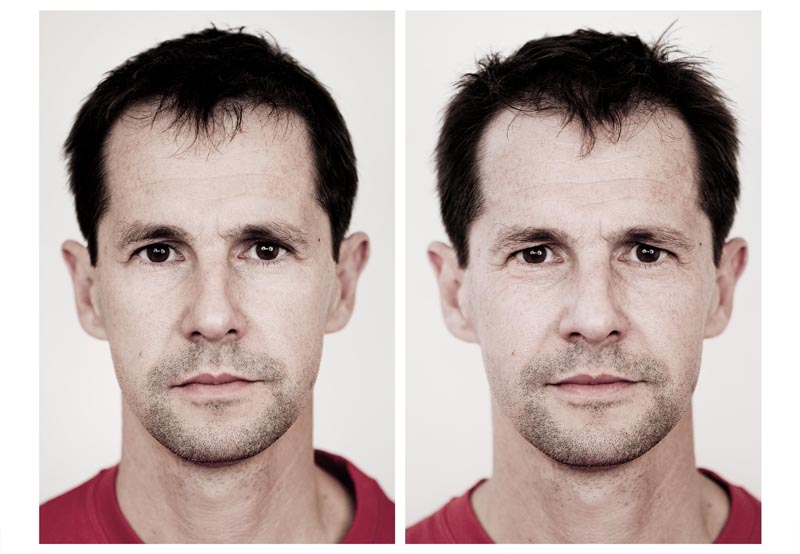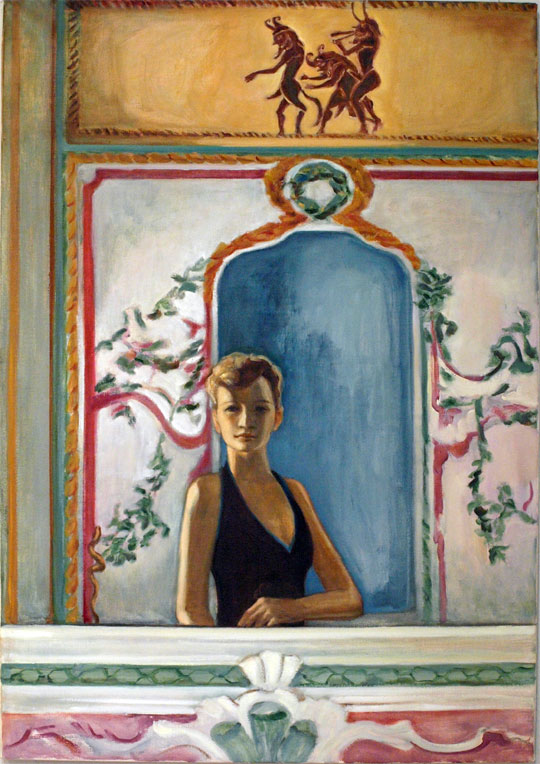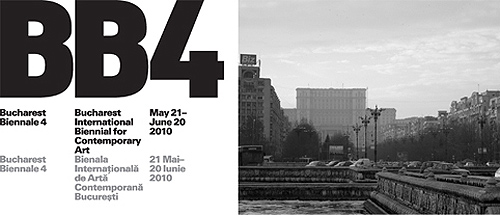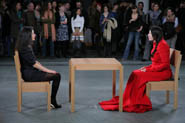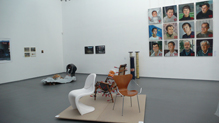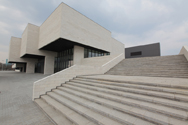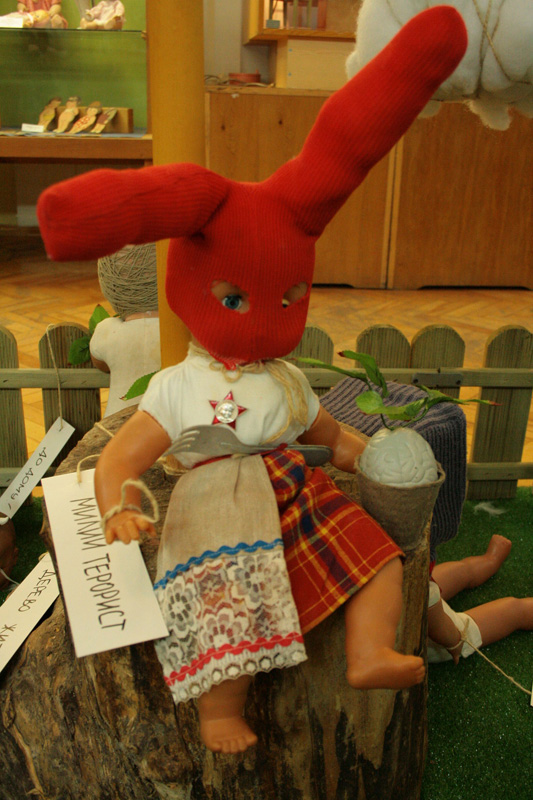Tactics for the Here and Now: The 5th International Bucharest Biennial for Contemporary Art
TACTICS FOR THE HERE AND NOW: THE 5TH INTERNATIONAL BUCHAREST BIENNIAL FOR CONTEMPORARY ART, VARIOUS LOCATIONS, MAY 25 – JULY 22, 2012
How can an art biennale take a renewed critical stance towards its own immersion in the production of cognition, and in the effects of accelerated semiocapitalism, or the capitalization of linguistic labor (to which the critical discourse of contemporary art certainly belongs)?Franco Berardi Bifo, Precarious Rhapsody. Semiocapitalism and the Pathologies of the Post-Alpha Generation (Minor Compositions, London), 2009, pp. 44-49. Tackling the broad topic of the precariousness of contemporary living – or radical instability, loosely defined in … Read more


